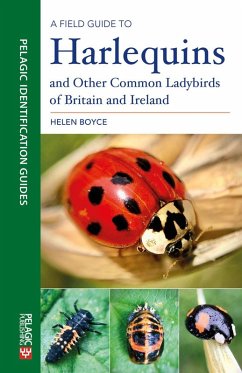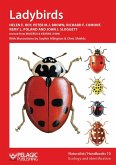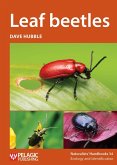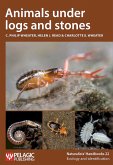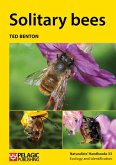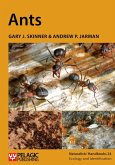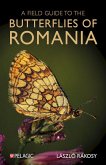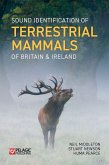The invasive Harlequin ladybird is an eye-catching and beautiful species, but it can be very difficult to identify, with huge variation in colouration and pattern. This comprehensive photographic field guide is the first complete guide to identifying Harlequin ladybirds found in Britain and Ireland. It also covers all the other 25 conspicuous ladybird species that occur.
This clear, user-friendly field guide is ideal for anyone interested in learning how to identify a Harlequin ladybird, from beginners to more experienced entomologists, students and professionals. This book is ideal for learning to recognise and understand this charismatic and significant beetle.
- Detailed, informative and beautifully illustrated with more than 350 remarkable colour photographs including ladybird developmental time sequences and numerous images of each ladybird species
- Ground-breaking quick key for Harlequin identification
- Includes a photographic guide to the larvae of all 26 species - the first of its kind
- Easy to follow comprehensive descriptions and explanations of ladybird lifecycles and habits
This clear, user-friendly field guide is ideal for anyone interested in learning how to identify a Harlequin ladybird, from beginners to more experienced entomologists, students and professionals. This book is ideal for learning to recognise and understand this charismatic and significant beetle.
Dieser Download kann aus rechtlichen Gründen nur mit Rechnungsadresse in A, D ausgeliefert werden.

